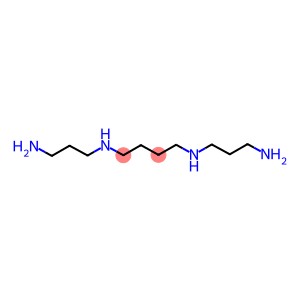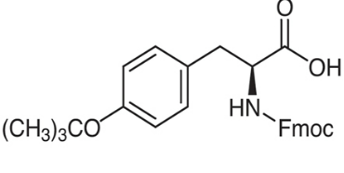dipentene fluka spec. purified fraction of terpene hydrocarb(CAS#68956-56-9)
| Risk Codes | R10 – Flammable R38 – Irritating to the skin R43 – May cause sensitization by skin contact R50/53 – Very toxic to aquatic organisms, may cause long-term adverse effects in the aquatic environment. R65 – Harmful: May cause lung damage if swallowed |
| Safety Description | S24 – Avoid contact with skin. S37 – Wear suitable gloves. S60 – This material and its container must be disposed of as hazardous waste. S61 – Avoid release to the environment. Refer to special instructions / safety data sheets. S2 – Keep out of the reach of children. |
| UN IDs | UN 2052 3/PG 3 |
| WGK Germany | 3 |
| HS Code | 29021900 |
| Hazard Class | 3.2 |
| Packing Group | III |
| Toxicity | The acute oral LD50 value in rats was reported as 5.3 g/kg (4.6-6.0 g/kg) (Moreno, 1972a). The acute dermal LD50 value for d-limonene was reported as > 5 g/kg (Moreno, 1972b). |
Introduction
Dipentene has some of the following properties:
1. Appearance: Colorless gas with a unique pungent odor.
2. Stability: Relatively unstable, easy to polymerize and oxidize.
3. Reactivity: With the presence of its double bonds, dipentene has strong reactivity, and can undergo addition reactions and polymerization reactions with other compounds.
Dipentene has some industrial applications:
1. Chemical synthesis: Dipentene can be used as a starting material for the synthesis of various organic compounds, which is used to prepare rubber, resin, plastics, etc.
2. Chemical research: Dipentene can be used as a double bond reagent in organic synthesis, participate in organic synthesis reactions, and act as a precursor of catalysts.
A common method for the preparation of dipentene is by cracking petroleum hydrocarbons or petroleum by-products. For example, dipentene can be formed by cleaving butanol or butanol hydrochloride.
1. Toxicity: Dipentene has a certain toxicity to the human body, and excessive contact or inhalation may cause poisoning.
2. Fire hazard: Dipentene is a flammable gas that is prone to explosion in the event of an open flame or high temperature.
3. Pay attention to ventilation: Pay attention to good ventilation conditions when using to avoid gas accumulation.
4. Storage and transportation: Dipentene should be stored in a cool, ventilated place, away from open flames and heat sources. During transport, special compressed gas containers are used and the relevant safety regulations are followed.








